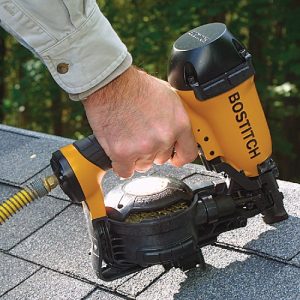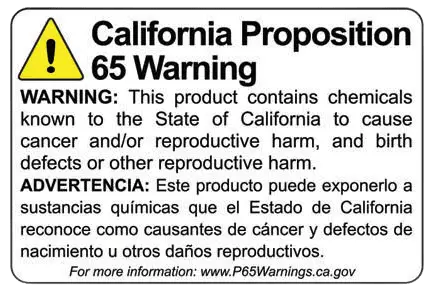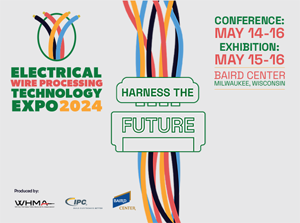 Nail guns aren’t the same as staple guns, though the two are sometimes confused. They are both powerful tools and dangerous if improperly operated. Here’s how different nail guns work.
Nail guns aren’t the same as staple guns, though the two are sometimes confused. They are both powerful tools and dangerous if improperly operated. Here’s how different nail guns work.
A nail gun has two primary jobs—to drive a nail into wood or other material, and to move the next nail into place within the magazine to be ready for the next time you pull the trigger. The nail gun applies force to the nail using a piston that whacks a blade with great force, driving the nail into the surface the gun is pressing against or driving the nail with springs that compress and release forcefully enough to eject a nail and drive it into the wood or other materials being fastened together.
Nailers are pneumatic or electric in nature. Pneumatic nailers can either be run by air pressure, or a fuel canister and battery pack for a powerful force. Electric nailers can either run from an electrical cord via an extension cord or from a cordless, lithium-ion, rechargeable battery.
NAIL GUN FIRING
The types of nailers mentioned above have various ways of firing which help describe a bit of how they work. Without going into a detailed depth that includes a bunch of technical terms, the following provides a quick overview of exactly how each type fires.
SPRING LOADED
Spring-loaded designs are electric in nature and have two rotating drive axles powered by the motor. One axle moves a grooved metal disc called a scooper plate, and the other axle moves a gear train which turns a triangular cam.
When you pull the trigger, the triangular cam turns and puts pressure on a lever. The lever then pushes against a hammer and compresses two springs. As the axel continues to turn, the hammer is first held by the scooper plate, and then releases it. It is pushed back down at a high rate of speed due to the compressed springs which then ‘fire’ the nail.
ELECTROMAGNETIC
Nailers that depend on electromagnetic design require an electrical current to generate an electromagnetic field. The name of this wire in a nail gun is called a solenoid, and it contains a sliding piston made of magnetic material. This piston serves as a hammer, which when the electric current runs through it, forces the piston downwards against a long blade. This downwards motion puts in place the ability to fire the nail. Afterward, it hits an electrical switch which reverses the current, allowing it to move back into place and be ready for the next pull of the trigger.
PNEUMATIC
Pneumatic-powered nailers are often the most powerful tool and require the use of an air compressor to provide the power to drive the nail. These are also the most popular types of nailers and work similarly to a solenoid design in that it has a sliding piston that drives a blade to fire the nail.
The trigger serves as the control of air pressure compression to help move this sliding piston. When the pressure is great above the piston, it drives it downwards. Afterward, when the trigger is released, the pressure builds below, driving the piston back into place and ready it for the next nail.
COMBUSTION
Combustion nailers are cordless, and very portable, and use a fuel canister and battery to create internal combustion to drive your nail. An internal valve within this design can be controlled to release small amounts of gas from the fuel canister that mixes with the air. The battery then sends a small spark to the spark plug, which ignites the fuel. This propels a piston downwards and drives the nail forward.
GUN FIRING METHODS
Each of the above is also dependent on different types of firing methods. Some nail guns have the ability to be fired in more than one manner depending on the job you are working on and personal preferences. In brief, nailers are usually categorized as contact or sequential firing methods.
Contact, or bump firing, guns allow you to drive a nail simply by ‘bumping’ the safety tip against the surface you are working upon. Sequential firing requires you to both have the trigger pulled and the safety tip against the surface. There are variances of each of these, some that work as a hybrid of the two, and others that require very specific steps before the nail discharge.


